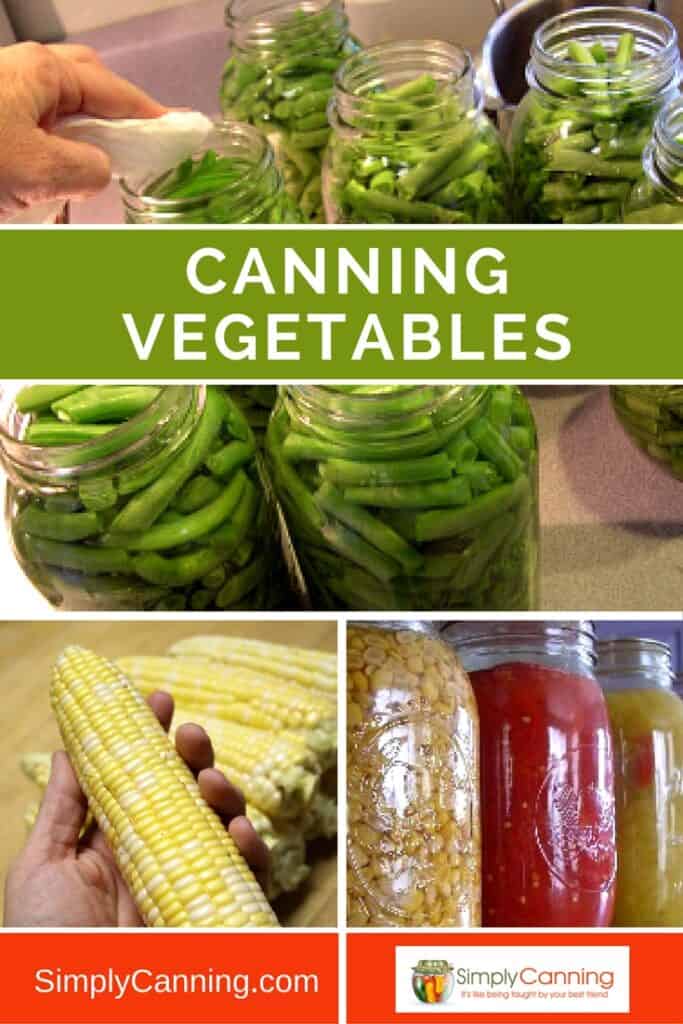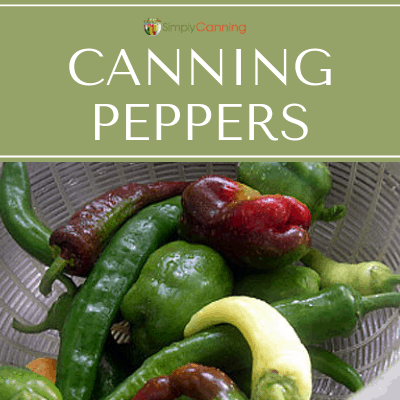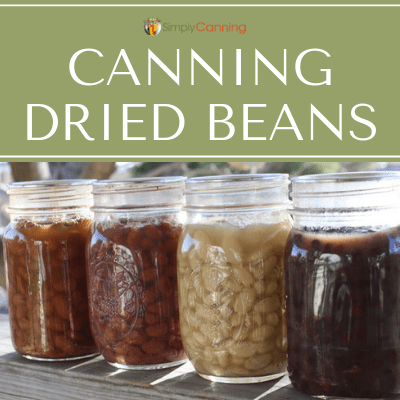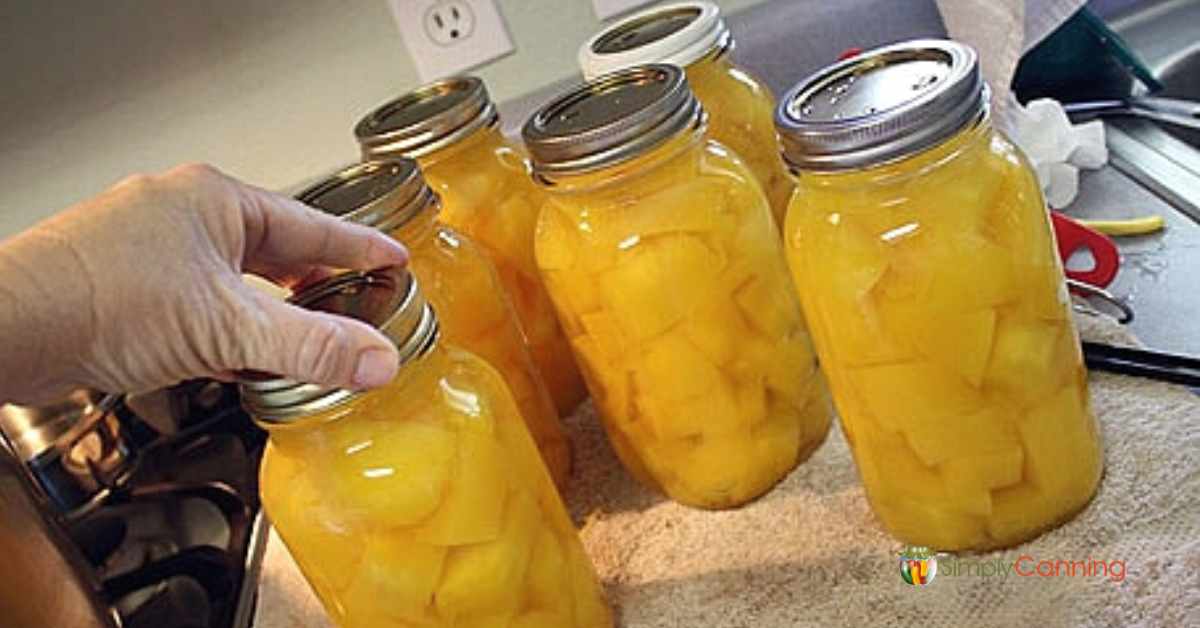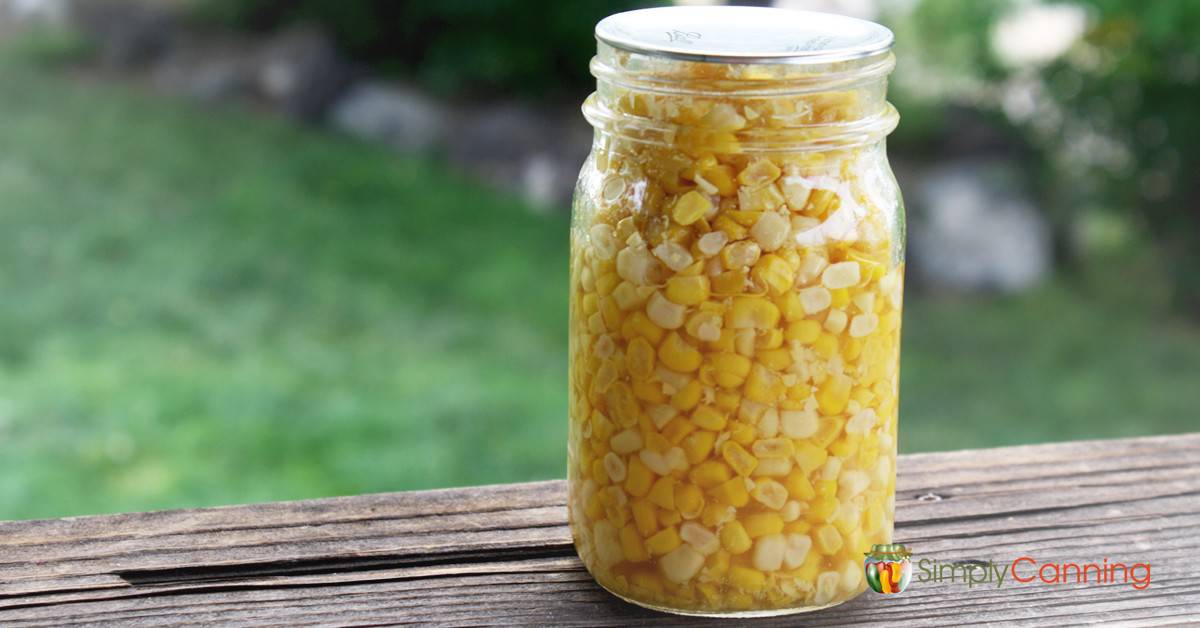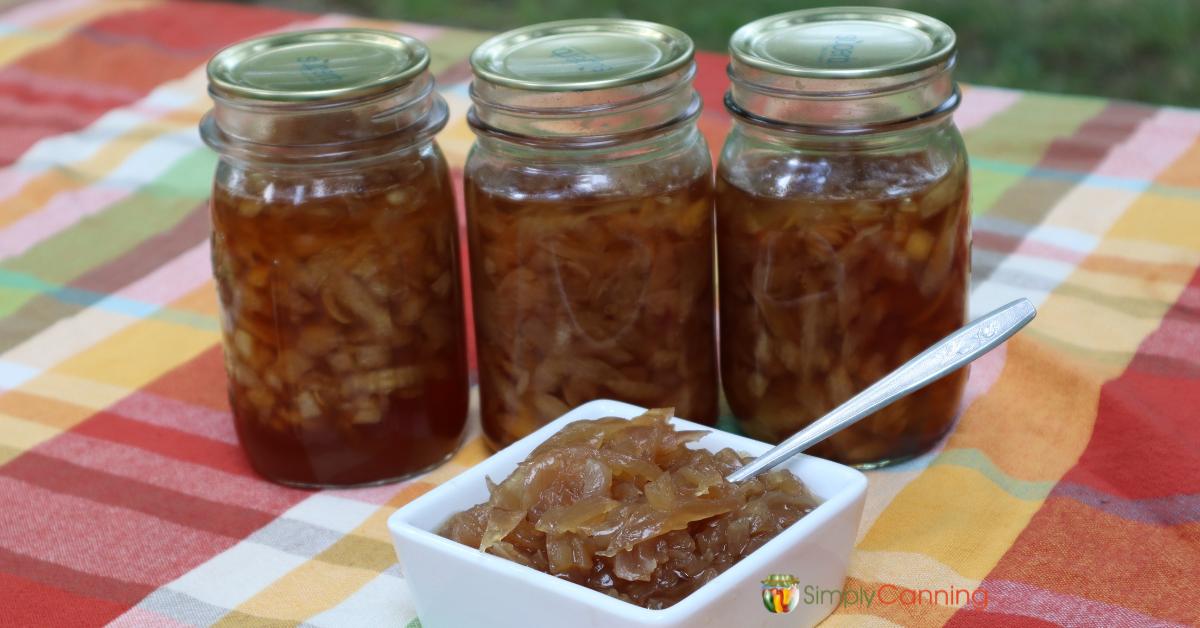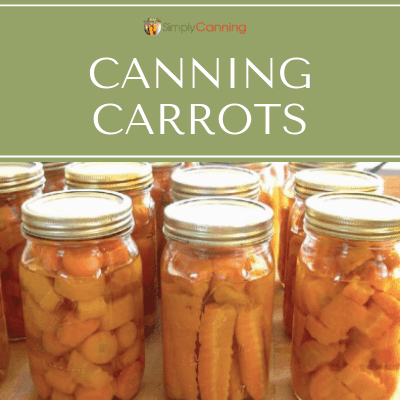Canning Vegetables: What are the Best Vegetables for Canning?
This page may contain affiliate links. More Information.
- List of all the vegetable canning recipes here on simply canning.
- Frequently asked questions about canning vegetables,
- Safety tips and information.
- List of what vegetables to can and those that you can NOT can
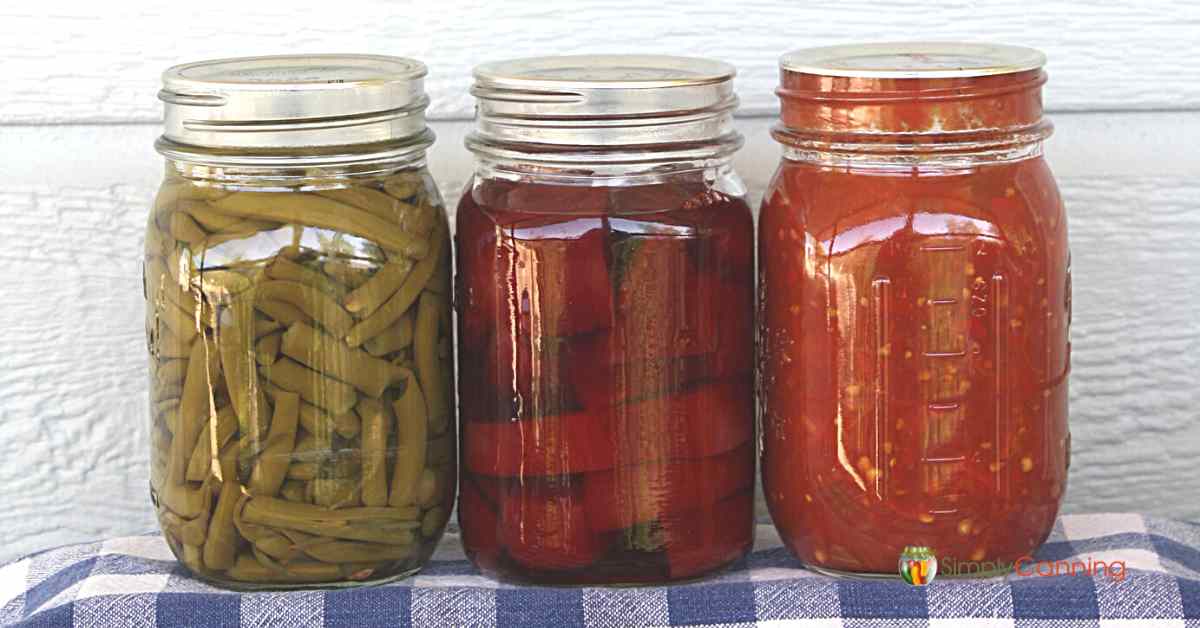
List of Recipes for Canning Vegetables
Canning Asparagus
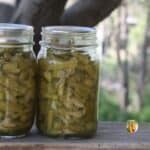
Canning Beets
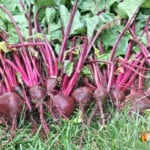
Canning Carrots
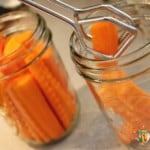
Canning Corn
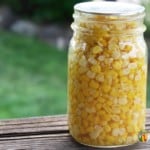
Canning Dried Beans
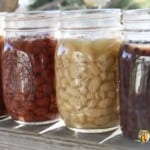
Canning Green Beans
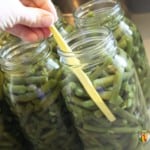
Canning Greens
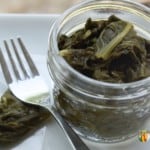
How to Can Red Onions in Honey
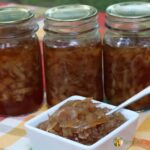
Canning Peppers
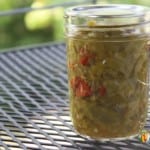
Canning Potatoes
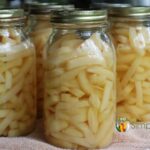
Canning Pumpkin & Winter Squash
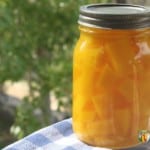
Canning Squash / Is it Possible?
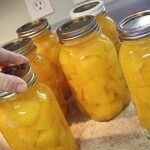
Some articles You Might want or Need
Pressure Canning: Learn How to Use Your Pressure Canner
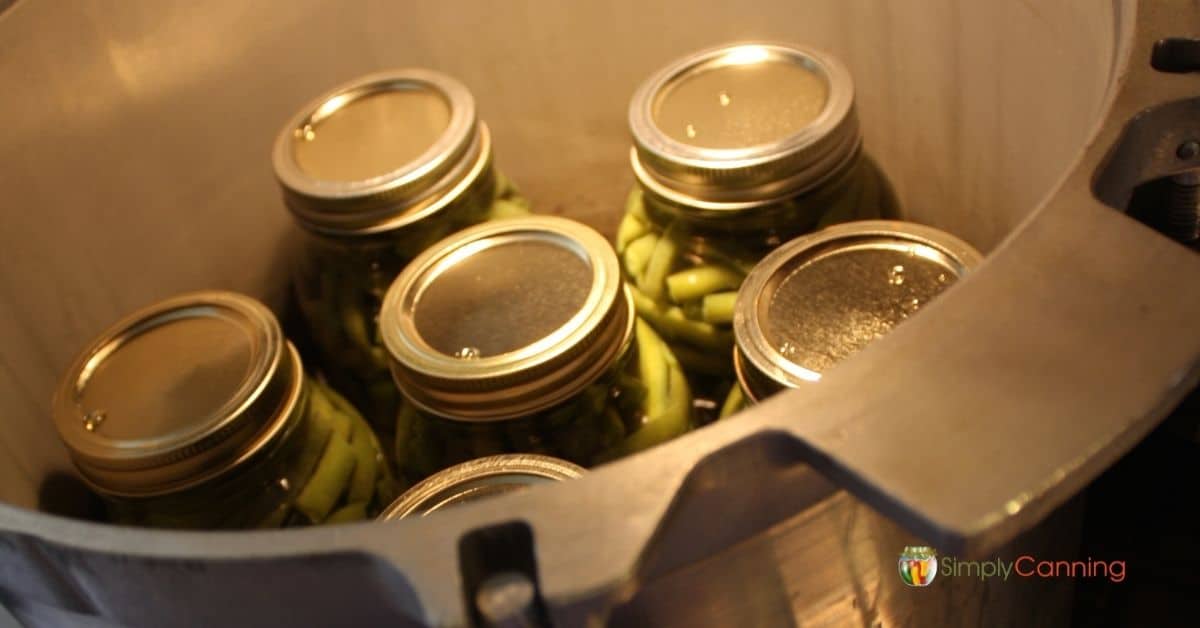
Canning Tomatoes Recipes
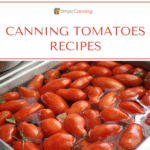
Preserving Corn
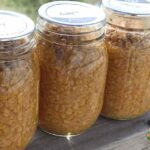
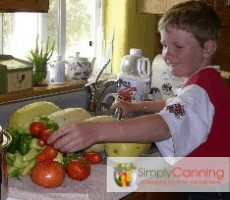
What are the Best Vegetables for Canning?
Any of the canning vegetables recipes you see linked on this page are great for canning. There are many many vegetables to can. So many I couldn’t possibly list them all here. Just know that when you search out your particular vegetable make sure you are using a reliable resource.
What Vegetables Can Not be Canned?
It is much easier to create a list of vegetables not to can. Here are a few vegetables (but probably not all) that do not have tested recipes to preserve and store in your pantry. This may not be complete. Some of these might be surprising to you.
- Artichoke
- Broccoli
- Brussel Sprouts
- Cabbage
- Cauliflower
- Eggplant
- Summer Squash
- Pureed Winter Squash
- Lettuce
Cabbage is one vegetable that many people want to can. It can be preserved as a pickled item though. Sauerkraut is a great way to preserve cabbage.
Summer squash is another that can’t be canned as a plain vegetable, but is easily pickled. These would be things like zucchini, crook necked squash.
Winter Squash IS something that can be canned as a plain vegetable. That would be squash like pumpkin, butternut squash. But you should can them in chunks, not as a puree.
Frequently Asked Questions about Canning Vegetables
Many frequently asked questions and a list of vegetables for canning and those not suitable for canning.
Can I can vegetables without salt?
Salt is optional for most vegetables. You’ll have to check each recipe directly to make sure it is appropriate. But for the most part, it is not required. So if you need to leave it out you certainly can.
I don’t recommend it because salt really does add to the flavor. Usually you’ll want 1 tsp per pint, and 2 tsp per quart. If you need to lower your sodium you can reduce that or eliminate it all together.
Keep in mind this is for plain vegetables only.
Do I have to have a pressure canner to can vegetables?
Yes you do need to use a pressure canner to can plain vegetables. Keep in mind though that many vegetables have a pickled option. If you pickle a vegetable, you do not need to use a pressure canner. Be sure you are using tested methods. I’ve got a list here of many pickled vegetables.
You’ll find opinions online that don’t agree with me. I’m ok with that. I do me. You make a decision best for YOU!
If you are hesitating to use a pressure canner because you are a little afraid of it. I”d encourage you to be more afraid of botulism. Botulism is so easily avoidable.
Safe doesn’t mean hard. Just a few different steps is all it takes.
A pressure canner is not hard to use. Modern canners come with safety features and have simple instructions. Read about using a pressure canner here…
How do I know if a recipe is safe for canning?
I often mention safe tested recipes or directions. What do I mean by ‘tested recipes’?
There are many canning recipes floating about the internet. Many of them are fine. But some are not. So how do you know if a recipe is safe? Check the source.
The person writing the recipe should be able to tell you where the recipe came from. This will tell you if it has been tested.
The USDA / National Center for Home Food Preservation is a safe resource. That is where many of our recipes here on Simply Canning come from. These folks have access to the testing that has been done.
The Ball company and her Canadian counterpart Bernardin have books and websites with tested recipes. Just check the source. If you can’t find the source I’d look further.
What about canning tomatoes? Pressure canner? Boiling water bath?
Tomatoes can be canned with either the water bath or the pressure canner. Both methods will ask for added acidity in the form of lemon juice or citric acid to make the tomatoes a bit more acidic. The acidity levels in combination with the processing methods is what stops bacteria and spoilage from entering your jars.
I’ve got a whole page on canning tomatoes here to for more information. Canning Tomatoes
If you’ve seen it canned at the store then you can can it at home too.
I specifically put a strike through on that header because many people scan through articles and might not read this paragraph.
It is NOT true that when you see something on the shelf at the store you can put it in a canning jar at home. Most of it is fine for us… but some is not. The good news is there are ways to do what you find at the store… in a way that is safe for our small time preserving set ups.
The most often I’ve seen is noodles. Everyone wants to can chicken noodle soup. What we can do at home is can chicken soup… and add the noodles when we open the jar to serve it.
You must remember that items that are commercially canned have been through a completely different process. We don’t have the same equipment as is found in factories that produce the cans or jars of food you see in the supermarket.
The canning equipment in our home kitchens are for canning in jars for mostly personal use. Remember food preservation is a science. Just because you see it in the store does not mean there are safe processes for at home. (some are… some are not)
What vegetables are for canning in a water bath?
None. Vegetables are a low-acid food, so they must be pressure canned to prevent the risk of botulism. However, if you want to pickle them water bath canning is sometimes appropriate.
Dilly Beans, for instance. Since you add an acid (usually vinegar), this makes it a high-acid food which is safe to process in a water bath. Be sure the pickle recipe you use is a tested recipe, so you know there is enough acidity in your mixture.
FYI – Some people call ‘water bath canning’ a ‘boiling water bath’ or a ‘hot water bath’ This is generally the same process. Submerging jars fully with water and boiling for a set amount of time. Great for fruit, pickled items, jams and jellies but not foods like vegetables.
Are raw vegetables ok for canning?
The way this question is worded is a bit confusing. If you are asking about sealing raw vegetables in a jar with no processing. Then no, you should not do that.
If you are asking about packing your jar with raw vegetables then processing it in a pressure canner. Then yes. This is called a raw pack. Some vegetables are ok for a raw pack. Remember you still need a pressure canner.
- Raw pack is packing your jars with raw food
- Hot pack is packing your jars with blanched or partially cooked food.
Green beans for example can be canned either raw pack or hot pack. Both must be processed in a pressure canner.
Or Does Canning Preserve Nutrients?
Fresh vegetables will always be the most nutritious. I get that. However, the benefits of canning vegetables or other preserving methods are that you can save the food for later, so that it won’t go to waste if you can’t eat it all now. And in my opinion home canned food beats commercially canned food.
Home canned vegetables are best if used in the first year. However it is a quality issue not a safety issue. If you sure you’ve used tested safe recipes then your jars will last longer than that. If it has been a year, don’t throw your food and hard work away. Just plan on using it up soon.
Yes greens like Swiss chard, spinach, beet greens can be canned. Lettuces wont work. I’ve got more on Canning Greens here.
Pin this to find later!
